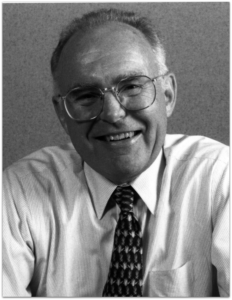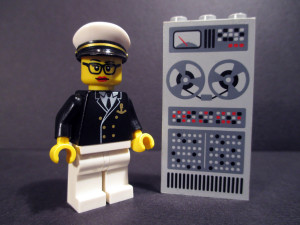The development of the silicon chip forever changed the field of electronics and the world at large. From computers to cellphones to digital home appliances, the silicon chip has become an inextricable part of the structure of our society. However, as silicon begins to reach its limits many researchers are looking for new materials to continue the electronics revolution.
Fan Ren, Distinguished Professor at the University of Florida and Technical Editor of the ECS Journal of Solid State Science and Technology, has based his career in the field of electronics and semiconductor devices. From his time at Bell Labs through today, Ren has witnessed much change in the field.
Future of Electronics
Upon coming to the United States from Taiwan, Ren was hired by Bell Labs. This hub of innovation had a major impact on Ren and his work, and is where he first got his hands-on semiconductor research. During this time, silicon was the major player as far as electronic materials went. While electronics have transformed since that time, the materials used to create integrated circuits have essentially stayed the same.
People keep saying of other semiconductors, “This will be the material for the next generation of devices,” says Ren. “However, it hasn’t really changed. Silicon is still dominating.”



